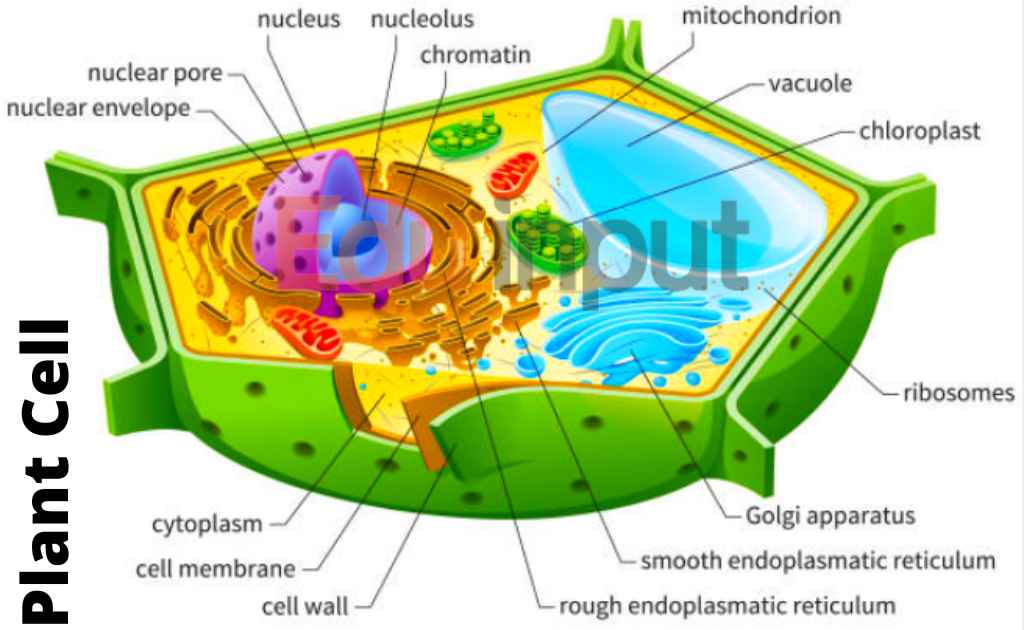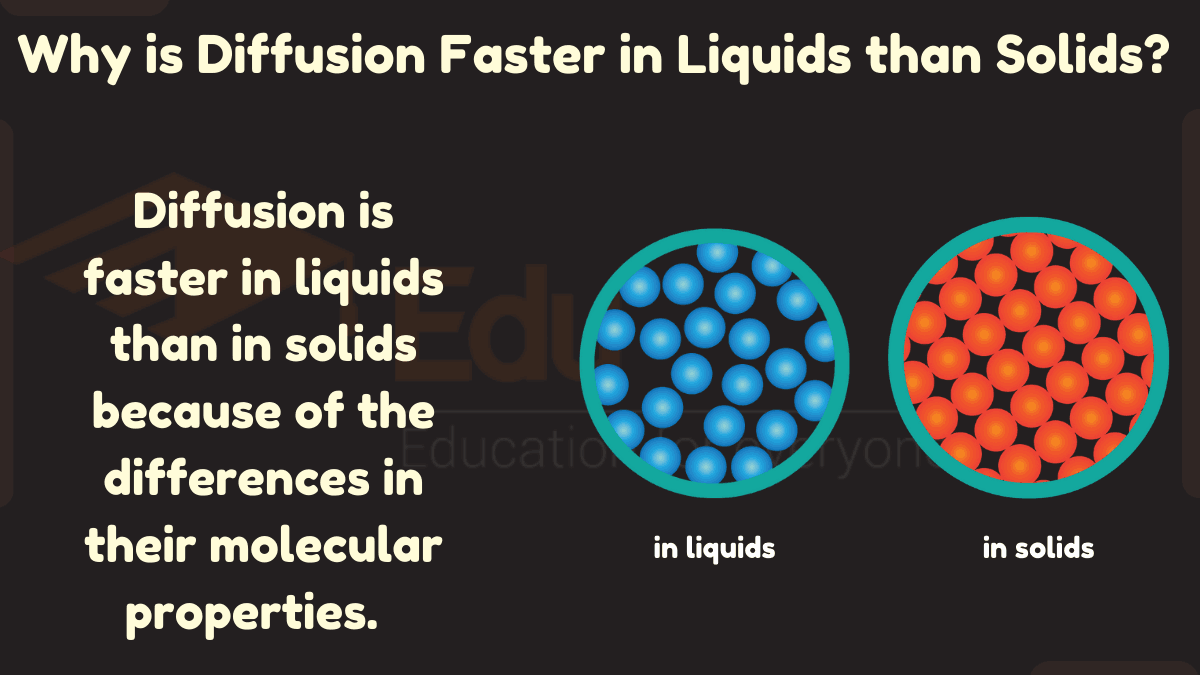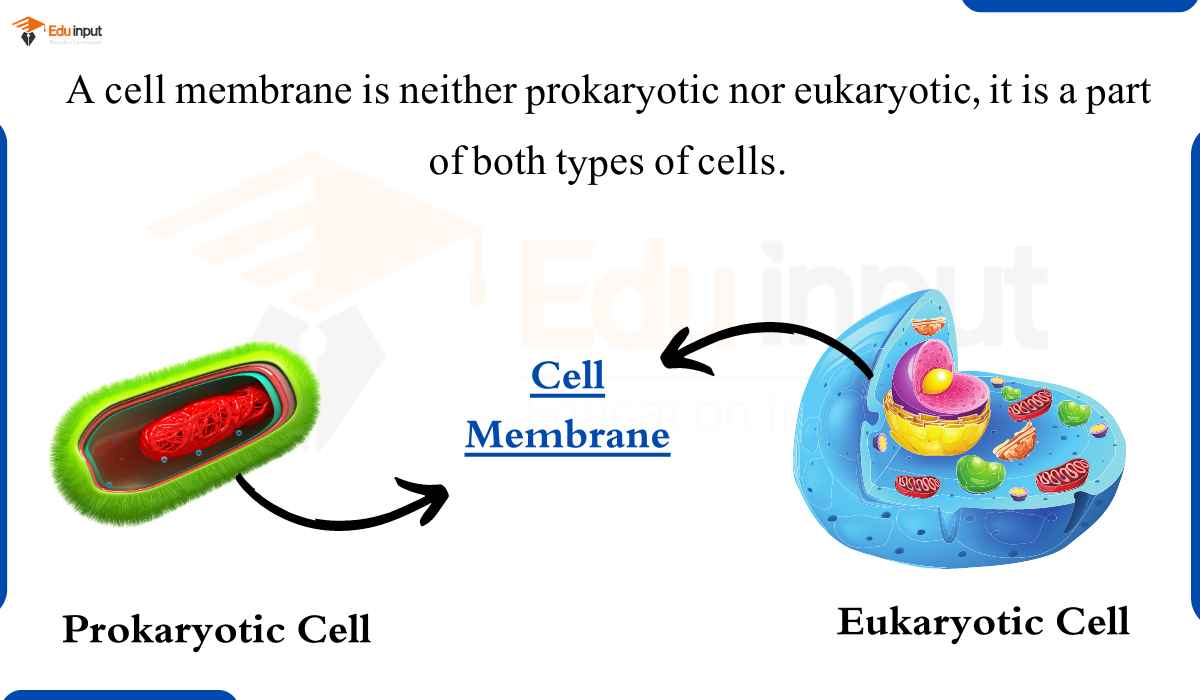Plant Cell-Definition and Structure-Eduinput
A plant cell is the building block of all plants. they are eukaryotic, meaning they have a true nucleus and membrane-bound organelles.
They have distinct characteristics including primary cell walls containing cellulase, hemicellulases, and pectin, plastids capable of performing photosynthesis and storing starch, and a large vacuous space regulating turgor pressure. Flagella or centriole are absent, except in gametes. They divide by meiosis.
Structure of plant cell
Just like other eukaryotic cells, plant cells comprise many organelles that are specified for particular functions.

Some of them are enlisted here;
Cell Wall
It is composed of polysaccharides, hemicellulose, and pectin. It is located outside of the cell. The primary function of the cell wall is to provide structural support to the cell. The plant cell wall cushions the cell against mechanical stress, as well as provides shape and structure to the cell. The molecule passing in and out of it is also taken care of by it. This is a rigid structure, which provides strength and stability to the cell.
Cell membrane
It is the semi-permeable membrane that is present inside the cell wall. It is composed of a thin layer of proteins, lipid bilayer, phospholipid, and cholesterol.
The cell membrane is responsible for transport across the cell membrane. The cell membrane is important in maintaining the structural integrity of cells. It allows cells to communicate with each other by exchanging nutrients, wastes, and signals.
Nucleus
The nucleus is a membrane-bound structure that is present only in eukaryotic cells. Heredity material (DNA) is present in it, which is required for cell division, metabolism, and growth.
Mitochondria
it is double-membraned organelles that are found in the cytoplasm of all eukaryotic cells. They are referred to as the Powerhouse of the cell because they provide energy by breaking down sugar and carbohydrates.
Plastids
They are cellular organelles containing their DNA. They provide sites to carry out the process of photosynthesis. Light reactions and the Calvin cycle occur in chloroplasts, which is a type of plastids.
Lysosome
Lysosomes are the organelles that are involved in digestion. They possess digestive enzymes in an enclosed membrane. They help in the disposal of cellular waste by digesting extra material, food particles, and foreign bodies in the cell. In plants, the role of lysosomes is played by the vacuoles.
Central Vacuole
It makes up around 30% of the cell’s volume in a mature plant cell. The central vacuole is surrounded by the tonoplast. It is involved in storage functions.
Golgi Apparatus
Golgi Apparatus is found in all eukaryotic cells and are continued with the endoplasmic reticulum. they are involved in distributing synthesized macromolecules to various parts of the cell. they distribute this material by forming Golgi vesicles.
Ribosomes
They are the smallest membrane-bound organelles. Ribosomes comprise RNA and protein. They are the factories of protein synthesis.

 written by
written by 





Leave a Reply